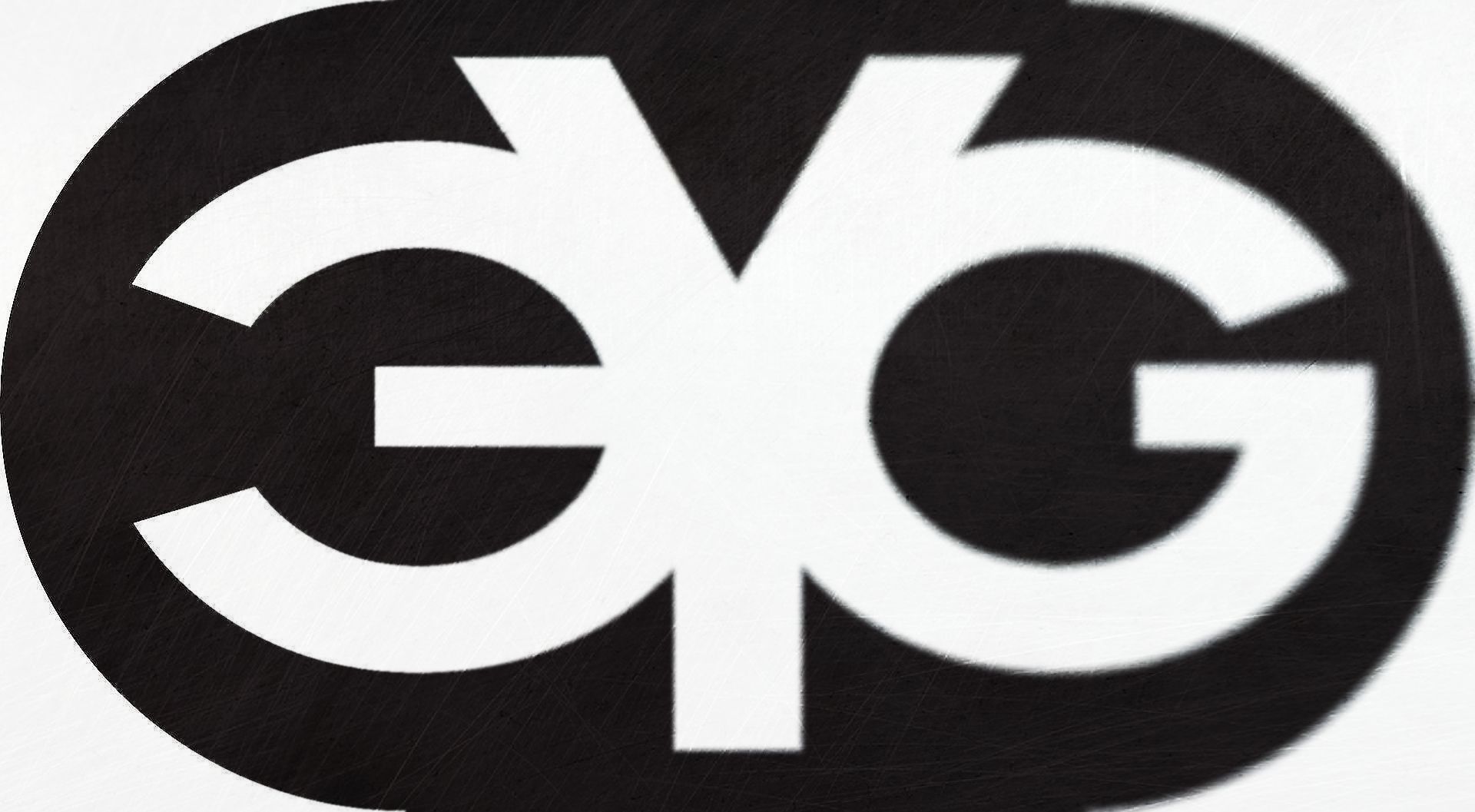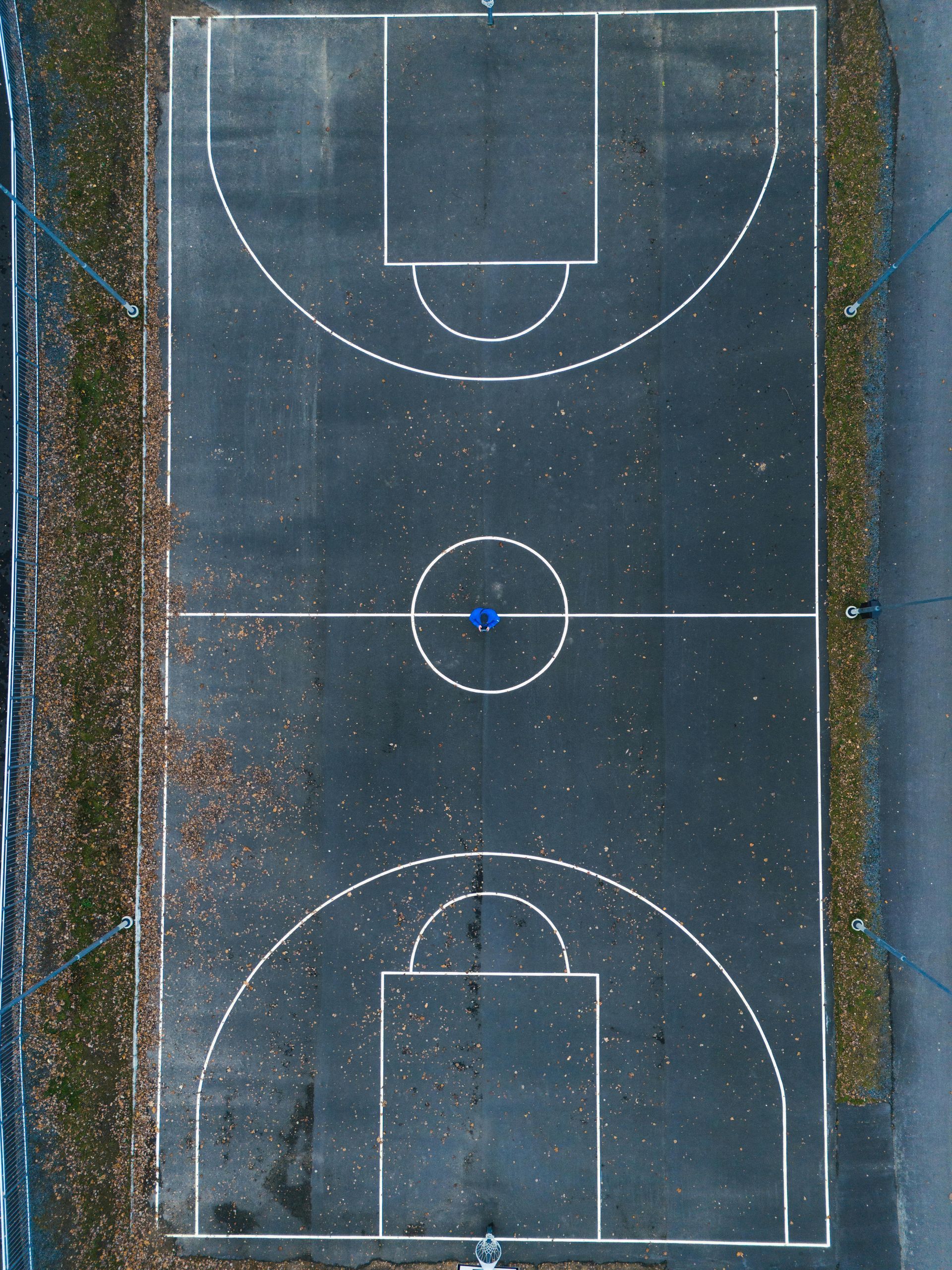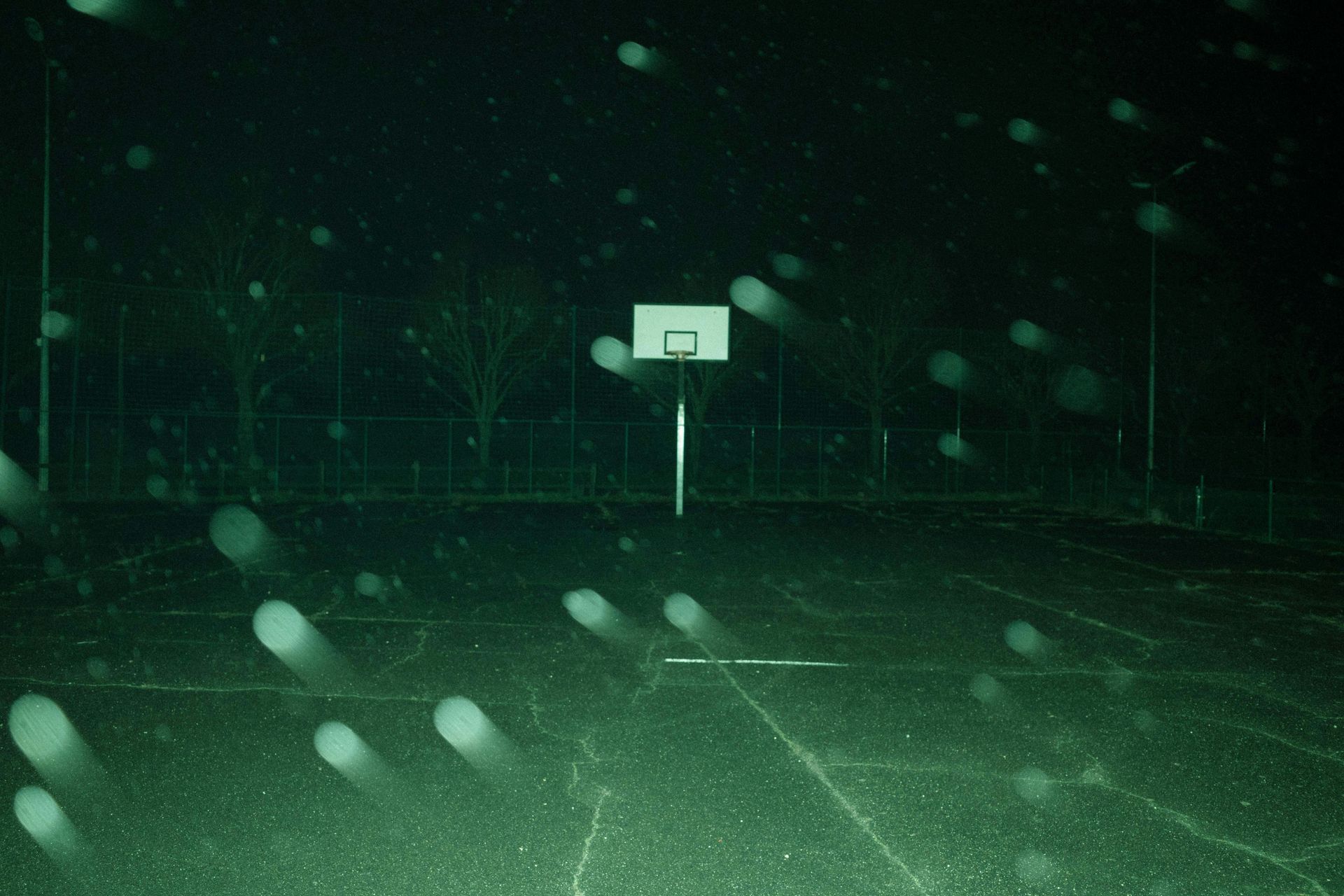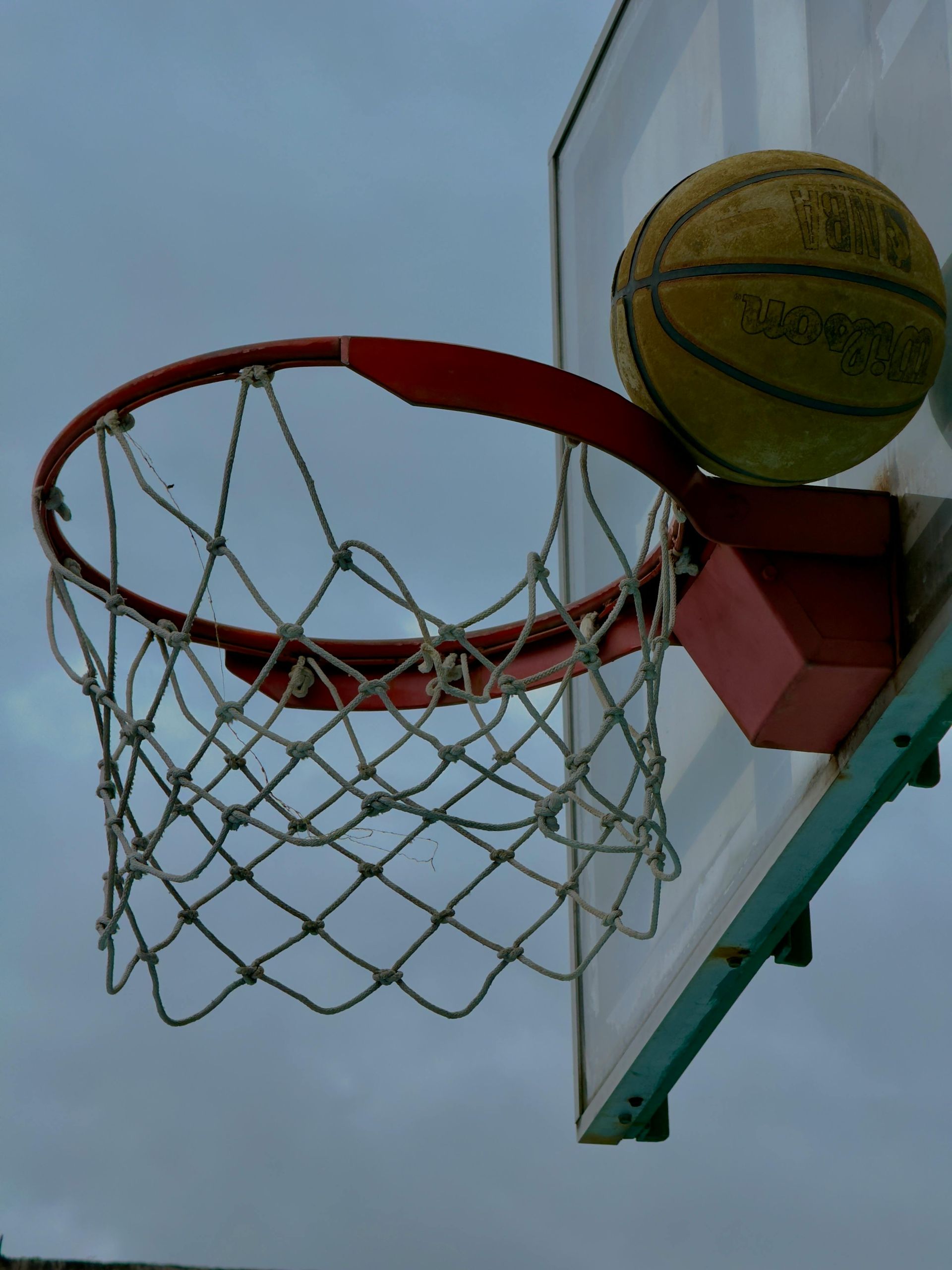The Power of Cutting: Why Moving Without the Ball is a Game-Changer
In basketball, the spotlight often shines on the player with the ball. However, the real magic happens when players understand the importance of moving without the ball.
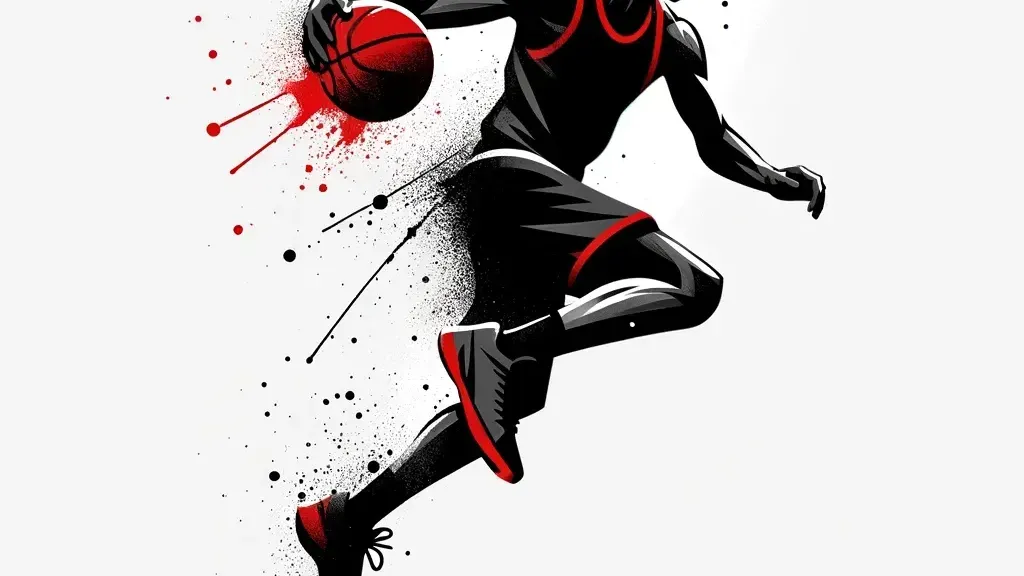
In basketball, the spotlight often shines on the player with the ball. However, the real magic happens when players understand the importance of moving without the ball. Here are three key benefits of cutting to the basket and three effective ways to execute these moves to elevate your game and help your team succeed.
Benefits of Cutting to the Basket
- Creates Scoring Opportunities
- Explanation: Moving without the ball allows you to catch defenders off guard, creating open spaces for easy scoring opportunities.
- Example: Think of Steph Curry, whose constant off-ball movement makes it nearly impossible for defenders to track him, leading to open layups or uncontested shots.
- Opens Up the Floor for Teammates
- Explanation: Your movement forces defenders to adjust and follow you, which can create open lanes and opportunities for your teammates to drive, pass, or shoot.
- Example: Imagine cutting to the basket and drawing a defender with you, opening up a lane for your teammate to drive and score.
- Increases Team's Offensive Flow
- Explanation: Constant movement keeps the defense on their toes and prevents them from settling into a comfortable position, making your team's offense more dynamic and harder to defend.
- Example: When everyone is moving and cutting, it creates confusion for the defense, leading to high-percentage shots and a fluid offensive game.
How to Cut to the Basket or What to Look for to Make the Cut
- Read the Defender
- How to Execute: If your defender is overplaying you, denying the pass by staying between you and the ball, this is the perfect time for a backdoor cut. Signal your teammate and cut sharply behind the defender towards the basket.
- Example: On the perimeter, if your defender is focused on denying the pass, fake like you’re moving toward the ball, then quickly change direction and cut behind them to the hoop.
- Timing and Space
- How to Execute: Look for moments when the defense is focused on the ball handler or when there’s an open lane to the basket. Timing your cut when your teammate is ready to pass can lead to easy scoring opportunities.
- Example: When your teammate drives toward the basket and draws your defender’s attention, use that moment to cut into the open space and be ready to receive a pass.
- Use Screens Effectively
- How to Execute: Utilize screens set by your teammates to lose your defender and create open lanes to the basket. Read the screener’s position and your defender’s reaction to decide the direction of your cut.
- Example: If a teammate sets a screen for you, cut sharply off the screen towards the basket. This makes it difficult for your defender to follow and gives you a clear path to the hoop.
Watch and Learn
To see these cutting techniques in action, check out the video below. It showcases 8 different cutting layups, demonstrating how effective movement without the ball can create high-percentage scoring opportunities. Watch closely to see how players read the defense, time their cuts, and use screens to get open.
[Insert Video Here]
Final Thoughts
Understanding and mastering the art of cutting to the basket and moving without the ball can significantly elevate your game and enhance your team’s overall performance. By creating scoring opportunities, opening up the floor for your teammates, and maintaining a dynamic offensive flow, you’ll become an invaluable asset to your team. Remember to read your defender, time your cuts effectively, and use screens to your advantage. Keep practicing these skills, and watch how your game transforms.
